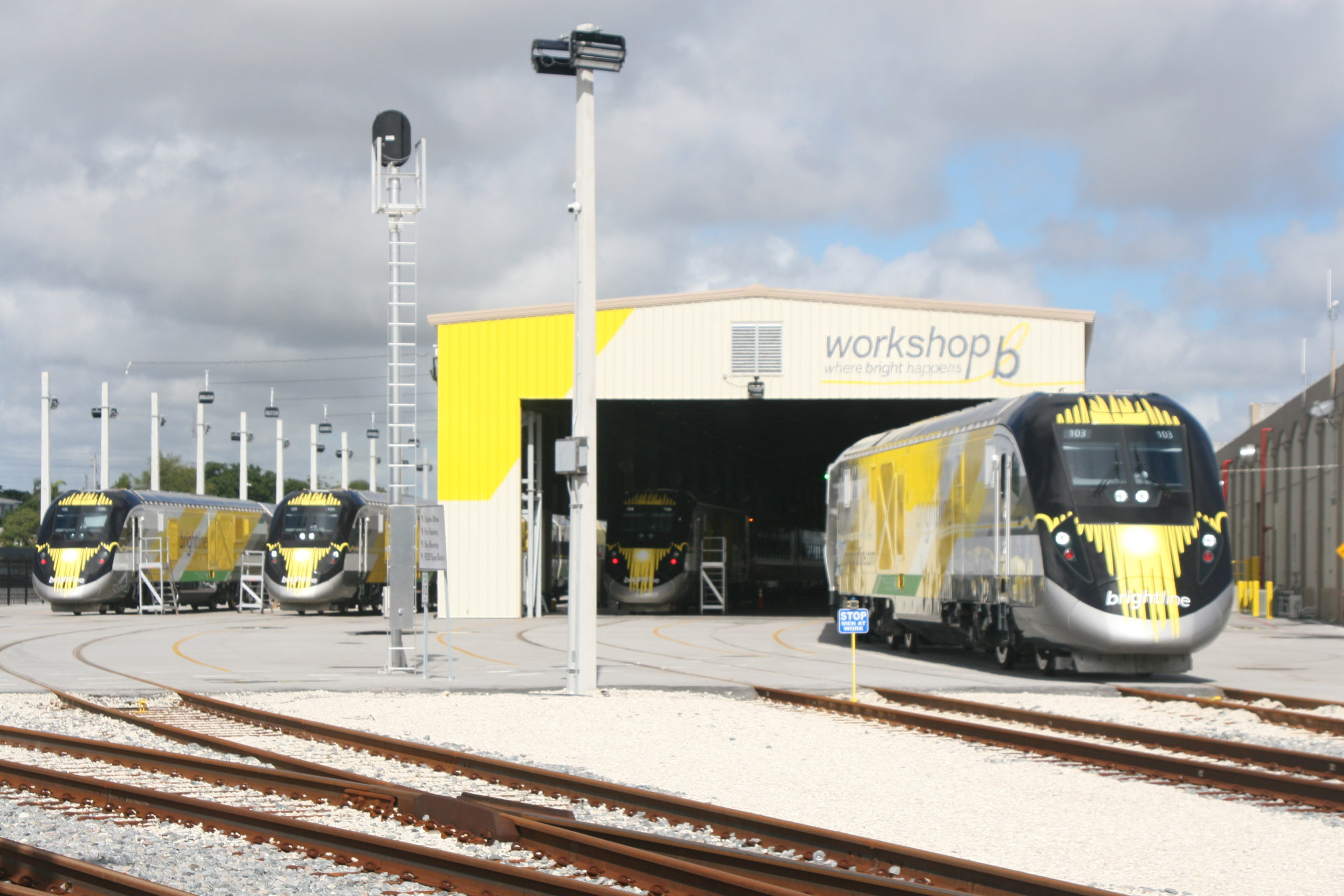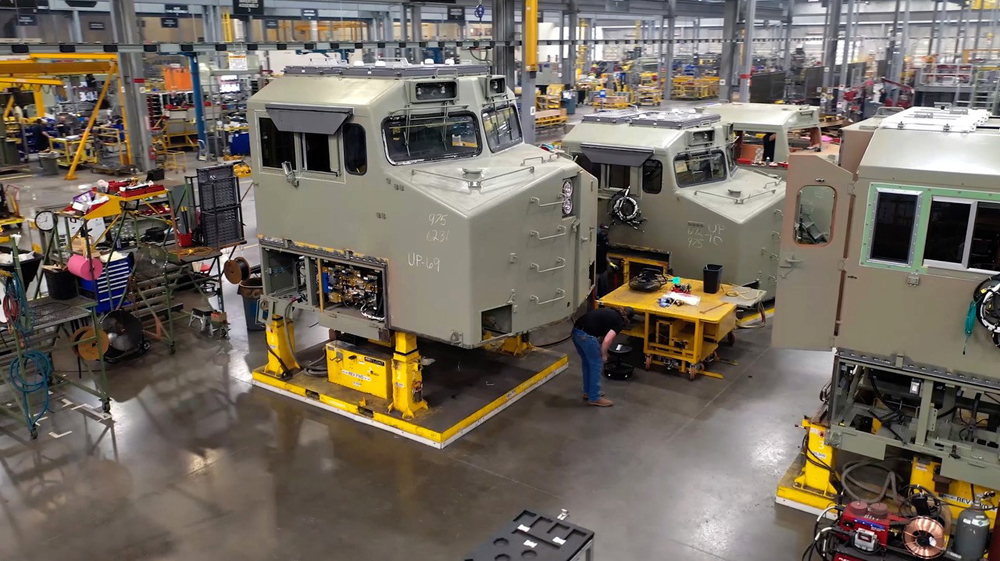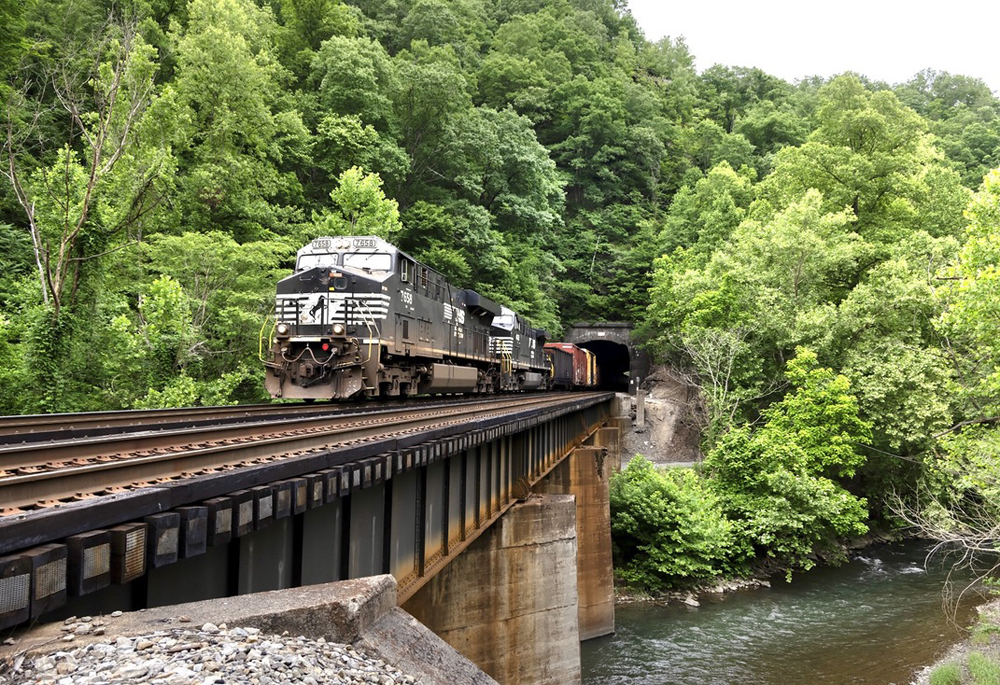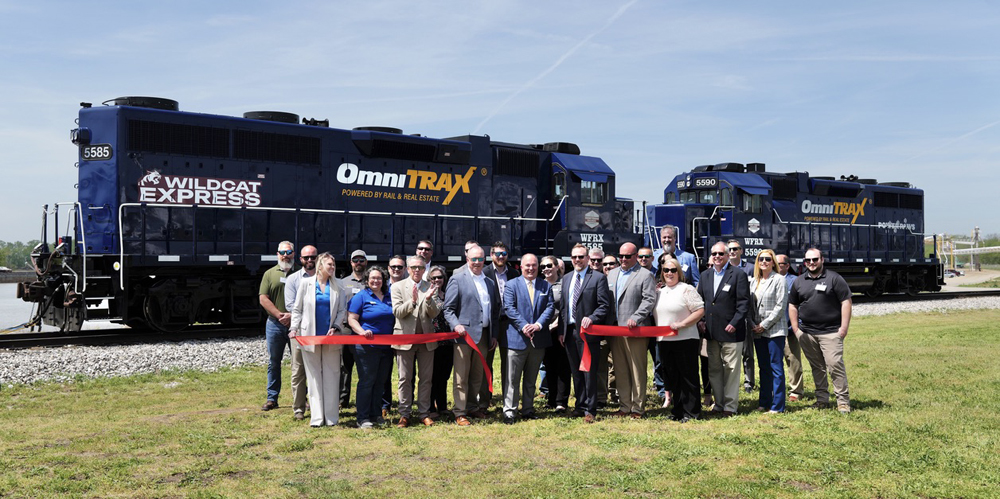In 2018, those questions began to be answered by Brightline, the Fortress Investment Group subsidiary that launched service with new trainsets between West Palm Beach, Fla., and Fort Lauderdale, Fla., in January. After extending trains to downtown Miami in May and upping frequencies in August, the company announced a partnership with Richard Branson’s United Kingdom-based Virgin Group on Nov. 16. It filed an initial public stock offering with the U.S. Securities and Exchange Commission later the same day.
Renamed corporately as Virgin Trains USA, Inc., the fledgling South Florida operation will undergo rebranding through early 2019, when it is set to begin construction on a “Phase 2” extension to an already-built station at Orlando International Airport.
Brightline’s growth during the year has been exponential. During second quarter, when service to its massive MiamiCentral station began, the operation generated $1.5 million in ticket revenue — the same amount Virgin Trains USA achieved in its latest full month, November, when 80,660 passengers rode 16 weekday, 8 Saturday, and 7 Sunday round-trips.
The significant increase can be traced not only to more frequencies but Brightline’s ability to successfully define, promote, and execute a travel experience offering comfortable surroundings and enhanced amenities. Fares for the premium “Select” class rose about 30 percent concurrently with bundled parking at its stations and more upscale (some would say “snob appeal”) food and beverage offerings both on board and at its stations. The company also created an intermediate “Smartplus” class with free beverages and snacks in “Smart” (2-2 seating) coaches.
Why did Fortress decide to collaborate with Virgin after investing substantial marketing effort to build the Brightline brand? Though officials are declining comment as a result of the stock offering proposal, it’s clear that private activity bond sales and the company’s own substantial largesse weren’t capable of providing sufficient investment capital as rapidly as needed for not only West Palm Beach-Orlando improvements but an intended expansion to Tampa, Fla. In September, Brightline also announced it would assume XPress West’s franchise to build a new right-of-way from Las Vegas, Nev., to Victorville, Calif.
The Virgin Group brings money and worldwide name recognition for investors to the table immediately, and offers marketing synergies down the road as Virgin Trains USA attempts to energize a broadening American footprint.
The jury is out on whether subsequent ventures can be structured to couple real estate development with passenger train operations as effectively as Fortress was able to do with vacant land and existing Florida East Coast Railway’s trackage as the foundation for launching the existing service.
Significant challenges remain. Particularly troubling is the way in which the project has been relentlessly challenged by politicians representing the so-called Treasure Coast north of West Palm Beach. The latest salvo was fired on Dec. 13, when GOP representatives Brian Mast and William Posey sent a letter to U.S. Transportation Secretary Elaine Chao saying Florida East Coast “is perennially one of the most dangerous freight rail lines in the country based on track miles” and attacking an agreement the company made with Martin County and Citizens Against Rail Expansion that promised to cost-share safety and infrastructure improvements. To date, Indian River and Martin counties have spent more than $8 million in taxpayer dollars to fight the project.
Nevertheless, Brightline’s rise in 2018 offers an upbeat glimmer of new ideas. For instance, it addressed the “passenger versus freight” standoff by establishing an even-handed dispatching subsidiary headed by former CSX Transportation passenger executive Jay Westbrook, who became available when offered a Hunter Harrison buyout.
Perhaps the most important contribution Brightline has made, however, took place in its formative years, when the startup provided initial creative and investment heft by striking a deal with Siemens for passenger cars and locomotives. Designed in conjunction with experienced railroaders such as former Capital Corridor Managing Director Gene Skoropowski and seasoned professionals from the hospitality industry, the equipment broke new ground in passenger comfort and mobility.
How valuable was Brightline’s vision? Just ask California and Midwest officials, who settled on Siemens’ single-level solution when Nippon Sharyo failed to deliver bilevels. Or VIA Rail Canada, which recently announced it was placing an order for 32 Siemens trainsets based on the Brightline design.
Indeed, Virgin Trains USA’s 2018 launch promises to reverberate and influence the direction of U.S. passenger rail for years — if not decades — to come. For this reason, Trains editors name Brightline service and the passenger railroad’s deal with Virgin as the No. 3 story of 2018.
Read editors’ other Top 10 stories of 2018 online:
Trains Top stories for 2018: No. 10, Giants of RAIL PHOTOGRAPHY pass on
Trains Top stories for 2018: No. 9, Station Restorations
Trains Top stories for 2018: No. 8, Indiana Transportation Museum woes
Trains Top stories for 2018: No. 7; Fires, Floods, and Weather
Trains Top stories for 2018: No. 6, Runaways
Trains Top stories for 2018: No. 5, Bush funeral train
Trains Top stories for 2018: No. 4, positive train control















Amtrak’s proposed seventy-five new Siemens Charger locomotives should have the sleek and graceful design of Brightline’s Siemens Chargers. Aside from being visually appealing, they would have a more aerodynamic function with less wind resistance.
A 21st century passenger train locomotive should not look boxy. The Acela Express power cars are a fine example of how modern passenger locomotives should look. If you can imagine a cat without a snout, that is how Siemens Charger locomotives other than Brightline’s appear.